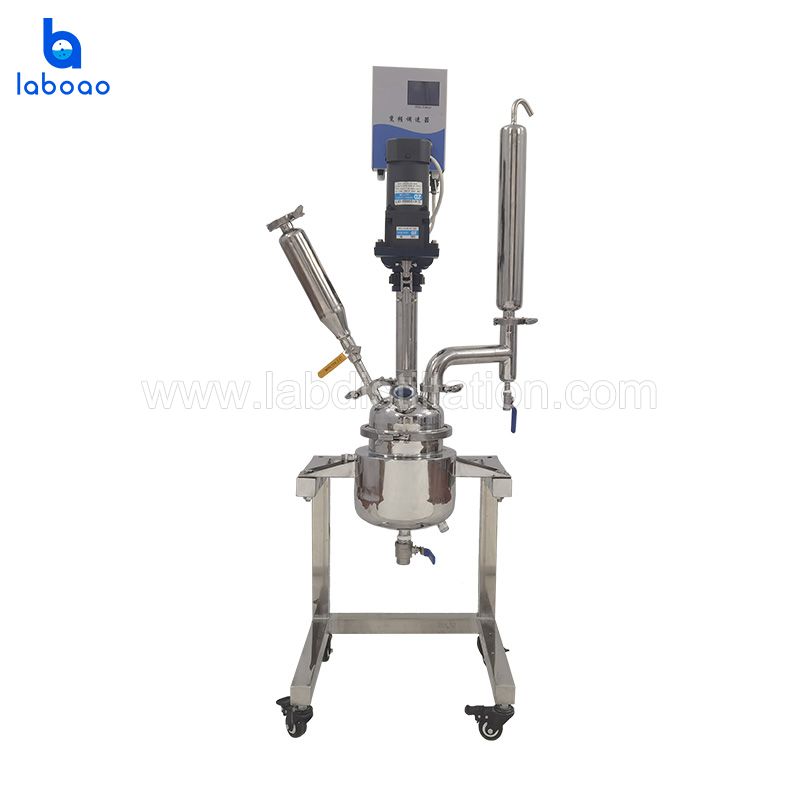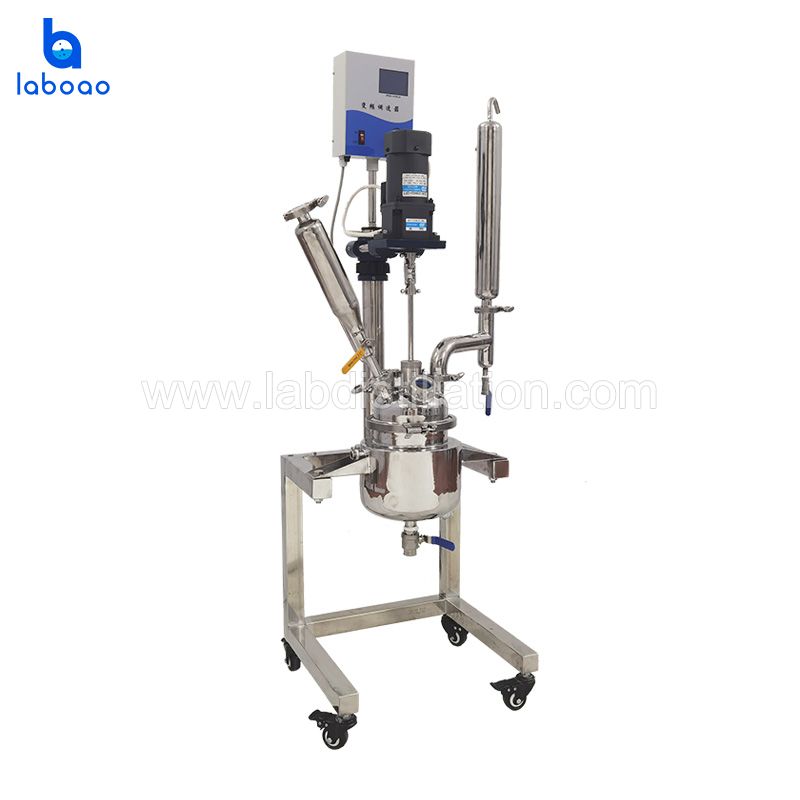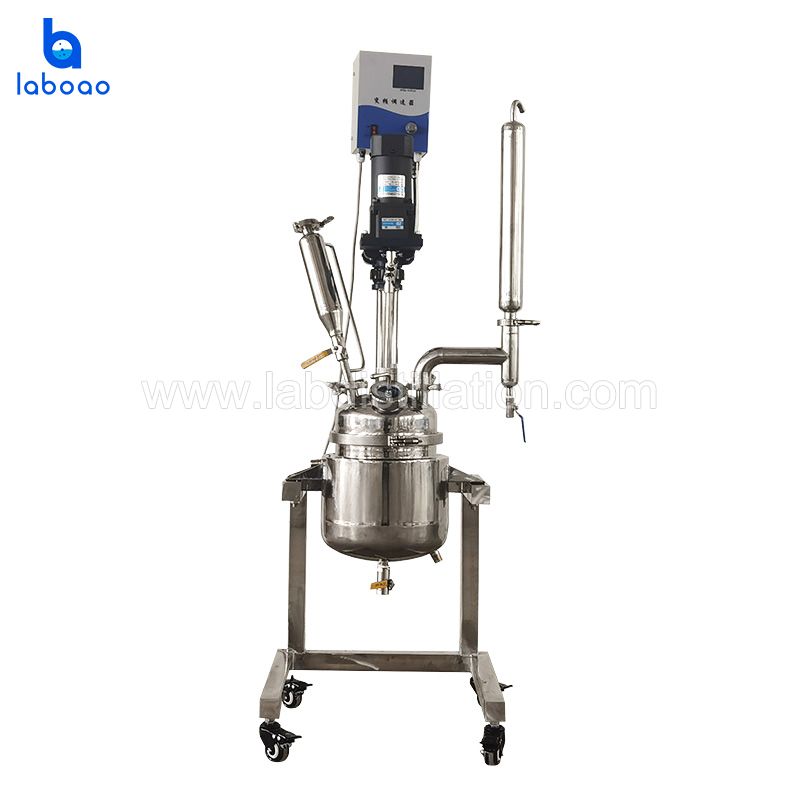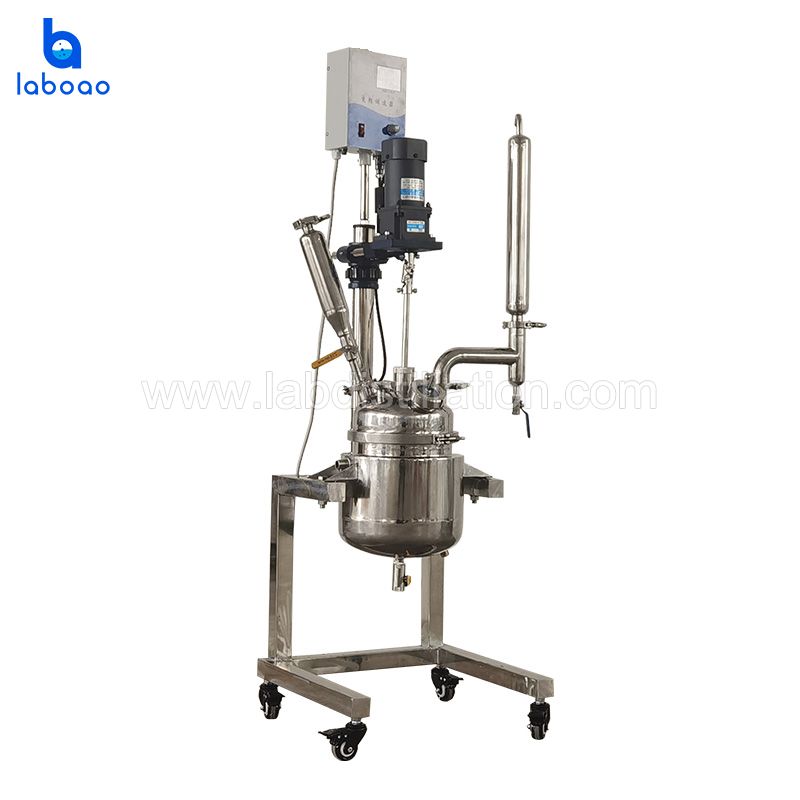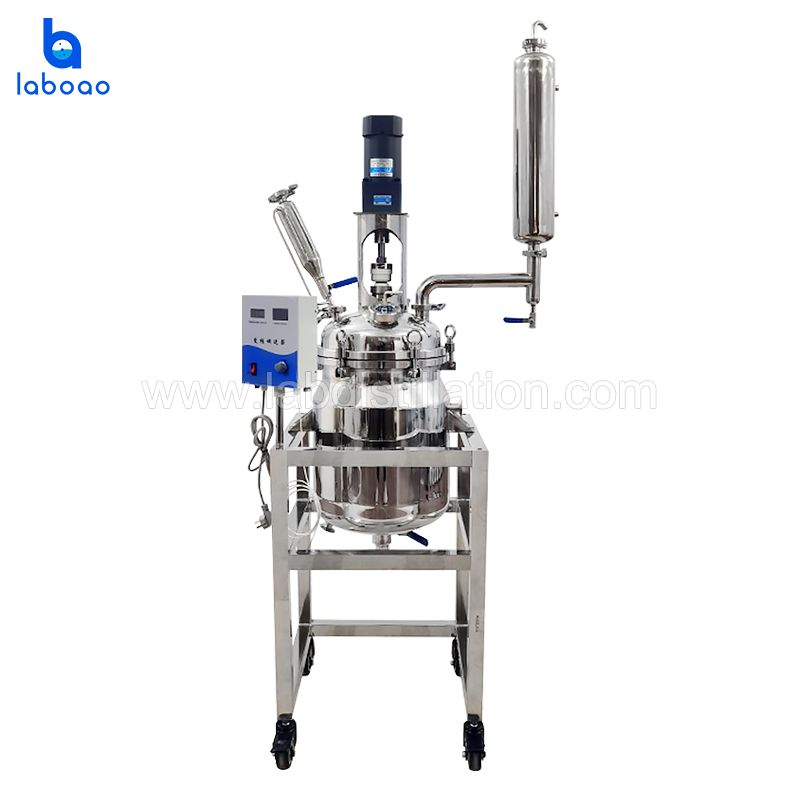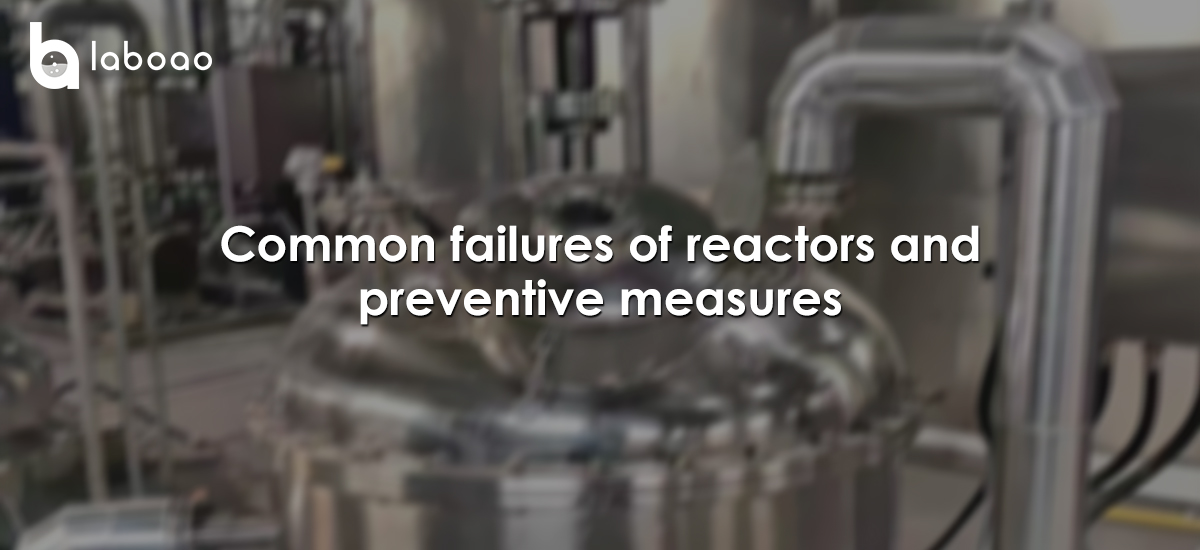
I. Common faults and treatment methods
(1) Leakage
Leakage is one of the common faults of the reactor, which is usually caused by aging of the seal, improper installation or improper operation. When dealing with leakage, first check the integrity of the seal. If it is damaged, replace it in time; secondly, check whether the installation is tight and readjust the installation position if necessary; finally, ensure that the operation process complies with the specifications to avoid leakage due to improper operation.
(2) Agitator failure
The agitator is a key component in the reactor. Its failure may manifest as abnormal speed, vibration or noise. When dealing with agitator failure, first check the working status of the motor and transmission device to ensure its normal operation; secondly, check the wear of the agitator paddle. If it is severely worn, replace it in time; finally, perform regular maintenance and care on the agitator to extend its service life.
(3) Temperature control failure
The temperature control of the reactor is crucial to the reaction. Temperature control failure may be caused by temperature sensor failure, heating or cooling system failure, etc. When dealing with such faults, first check the accuracy and reliability of the temperature sensor; secondly, check the working status of the heating and cooling systems to ensure their normal operation; finally, regularly calibrate and maintain the temperature control system to ensure the stability of the reaction process.
2. Preventive measures
(1) Strengthen equipment inspection and maintenance
Regular inspection and maintenance of equipment is an effective measure to prevent faults. The inspection content includes the integrity, sealing, flexibility of the transmission device, etc. of the equipment; the maintenance content includes cleaning the equipment, replacing worn parts, adjusting equipment parameters, etc. By strengthening equipment inspection and maintenance, potential problems can be discovered and handled in time to avoid the occurrence of faults.
(2) Standardize the operation process
Irregular operation is one of the important reasons for equipment failure. Therefore, formulating and strictly implementing operating specifications is the key to preventing faults. The operating specifications should include the operating steps and precautions for each link of the equipment, such as startup, operation, and shutdown, to ensure that the operator can use the equipment correctly and safely.
(3) Improve personnel quality
Improving the professional quality of operators is also an important measure to prevent reactor equipment failures. By regularly training and assessing operators, their knowledge and understanding of the equipment can be improved and their ability to handle faults can be enhanced. At the same time, cultivating the safety awareness and sense of responsibility of operators is also an important aspect to ensure the safety of equipment operation.
To deal with common failures of reactor equipment, it is necessary to master the correct methods and measures, and reduce the probability of failure by strengthening equipment inspection and maintenance, standardizing the operation process and improving personnel quality. Only in this way can the stable operation of reactor equipment and the smooth progress of production be ensured.
